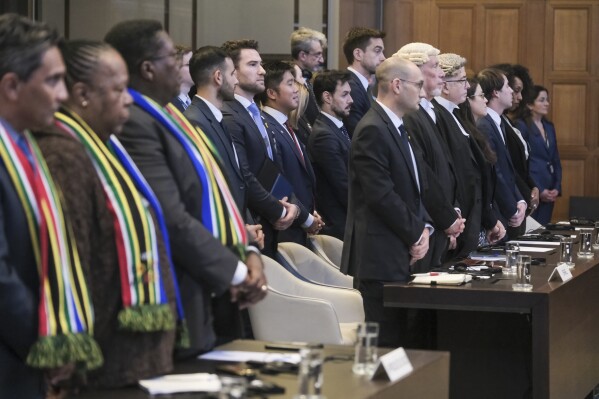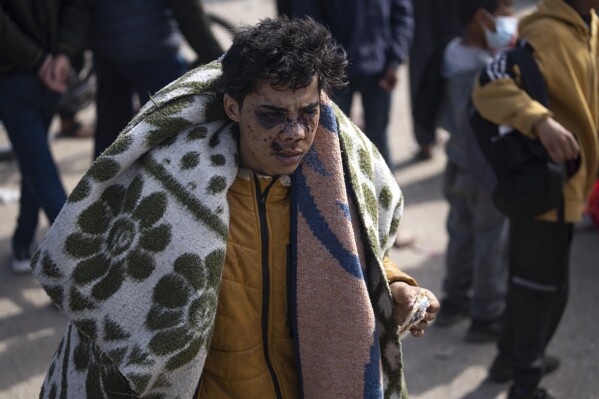Nazi death camp survivors mark 79th anniversary of Auschwitz liberation on Holocaust Remembrance Day
WARSAW, Poland (AP) — A group of survivors of Nazi death camps will mark the 79th anniversary of the liberation of the Auschwitz-Birkenau camp during World War II in a modest ceremony Saturday in southern Poland.
Some 20 survivors from various camps set up by Nazi Germany around Europe were to lay wreaths at the Death Wall in Auschwitz and hold prayers at the monument in Birkenau. They will memorialize some 1.1 million camp victims, mostly Jews. The attentively preserved memorial site and museum are located near the city of Oswiecim.
Nearly 6 million European Jews were killed by the Nazis during the Holocaust — the mass murder of Jews and other groups before and during World War II.
Marking International Holocaust Remembrance Day, the survivors are to be accompanied by Polish Senate Speaker Malgorzata Kidawa-Blonska, Culture Minister Bartlomiej Sienkiewicz and Israeli ambassador Yacov Livne.



The theme of the observances is the human being, symbolized in simple, hand-drawn portraits. They are meant to stress that the horror of Auschwitz-Birkenau lies in the suffering of people held and killed there.
A memorial ceremony with prayers was held Friday in Warsaw at the foot of the Monument to the Heroes of the Ghetto, who fell fighting the Nazis in 1943.
Earlier in the week, the countries of the former Yugoslavia signed an agreement in Paris to jointly renovate Block 17 in the red-brick Auschwitz camp and install a permanent exhibition there in memory of some 20,000 people who were deported from their territories and brought to the block. Participating in the project will be Bosnia and Herzegovina, Croatia, Montenegro, North Macedonia, Serbia, and Slovenia.
Preserving the camp, a notorious symbol of the horrors of the Holocaust, with its cruelly misleading “Arbeit Macht Frei” (“Work Makes One Free”) gate, requires constant effort by historians and experts, and substantial funds.
The Nazis, who occupied Poland from 1939-1945, at first used old Austrian military barracks at Auschwitz as a concentration and death camp for Poland’s resistance fighters. In 1942, the wooden barracks, gas chambers and crematoria of Birkenau were added for the extermination of Europe’s Jews, Roma and other nationals, as well as Russian prisoners of war.
Soviet Red Army troops liberated Auschwitz-Birkenau on Jan. 27, 1945, with some 7,000 prisoners there. The Germans had evacuated tens of thousands of other inmates on foot days earlier in what is now called the Death March, because many inmates died of exhaustion and cold in the sub-freezing temperatures.
Since 1979, the Auschwitz-Birkenau site has been on the UNESCO list of World Heritage.
Disclaimer: The copyright of this article belongs to the original author. Reposting this article is solely for the purpose of information dissemination and does not constitute any investment advice. If there is any infringement, please contact us immediately. We will make corrections or deletions as necessary. Thank you.


